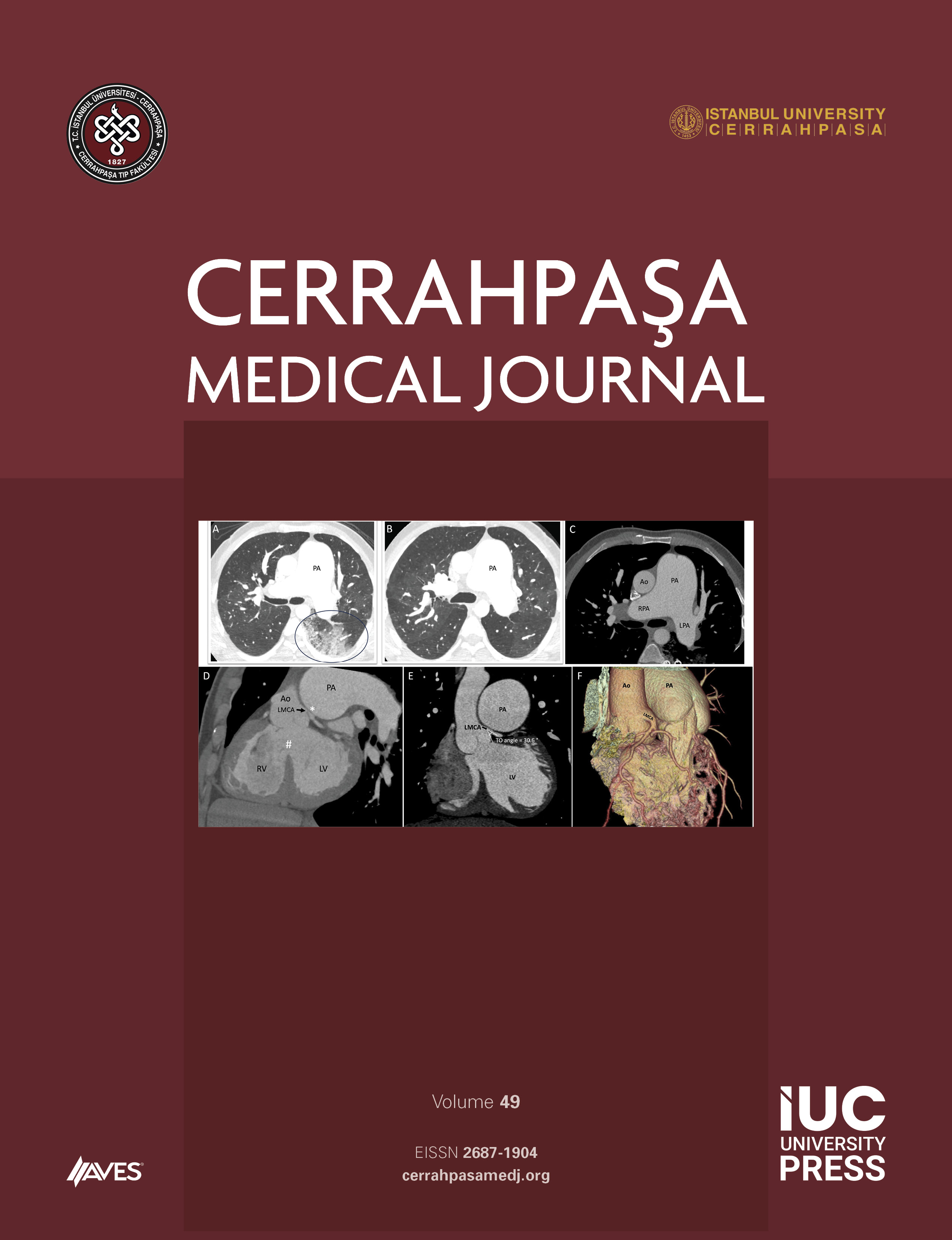Objective: Although there is an increased risk of cardiovascular disease in patients with polycystic ovary syndrome (PCOS), the results of arrhythmia in several studies are controversial. The aim of our study was to establish the effect of obesity on atrial and ventricular repolarization parameters in a larger group of patients with PCOS.
Methods: A total of 240 (128 lean and 112 obese) women with PCOS were included in the study. These patients were grouped as lean women (L-PCOS) with a body mass index (BMI) ≤25 kg/m2 and obese women (O-PCOS) with a BMI ≥30 kg/m2. P wave duration, QT interval, T peak-to-end interval, and the Tp–e/QT ratio were calculated from electrocardiogram.
Results: Although obese women with PCOS usually have higher blood pressure levels, blood pressure levels were in the normal ranges in our obese patients with PCOS. Glucose, fasting insulin, testosterone, and luteinizing hormone levels were higher in obese women with PCOS than in lean women with PCOS. There were no significant differences in atrial and ventricular repolarization parameters between the two groups. In the Pearson correlation test, BMI and testosterone levels were not correlated with atrial/ventricular repolarization parameters.
Conclusion: Atrial and ventricular repolarization parameters did not demonstrate differences between lean and obese women with PCOS. In addition, these parameters remained in the normal range between two groups.
Cite this article as: Aslan MM, Atıcı A, Cevrioğlu A. Assessment of Cardiac Electrical Activity in Lean and Obese Patients with Polycystic Ovary Syndrome. Cerrahpasa Med J 2019; 43(2): 40-43.



